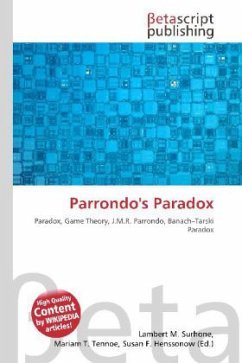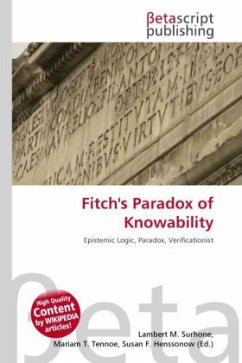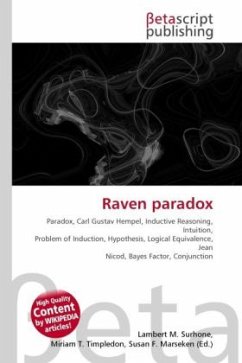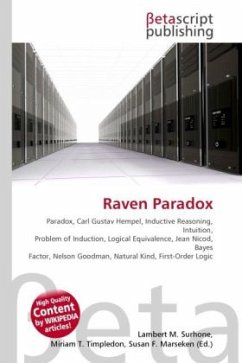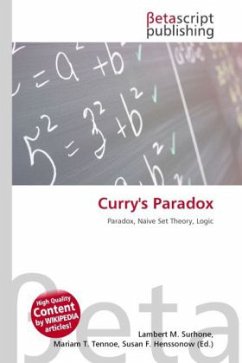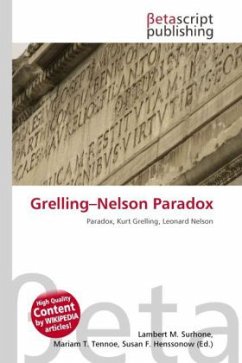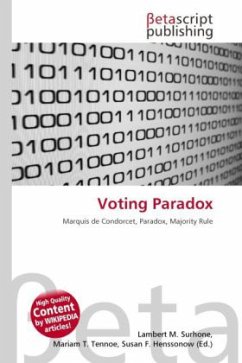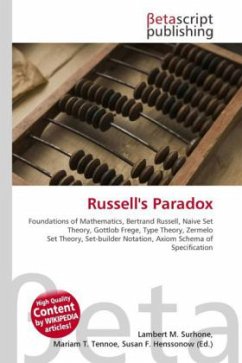Please note that the content of this book primarily consists of articles available from Wikipedia or other free sources online. Parrondo''s paradox is a paradox in game theory and is often described as: A losing strategy that wins. It is named after its creator Juan Parrondo, a Spanish physicist. Consider an example in which there are two points A and B having the same altitude, as shown in Figure 1. In the first case, we have a flat profile connecting them. Here if we leave some round marbles in the middle that move back and forth in a random fashion, they will roll around randomly but towards both ends with an equal probability. Now consider the second case where we have a saw-tooth like region between them. Here also, the marbles will roll towards either ends with equal probability. Now if we tilt the whole profile towards the right, as shown in Figure 2, it is quite clear that both these cases will become biased towards B.
Bitte wählen Sie Ihr Anliegen aus.
Rechnungen
Retourenschein anfordern
Bestellstatus
Storno

